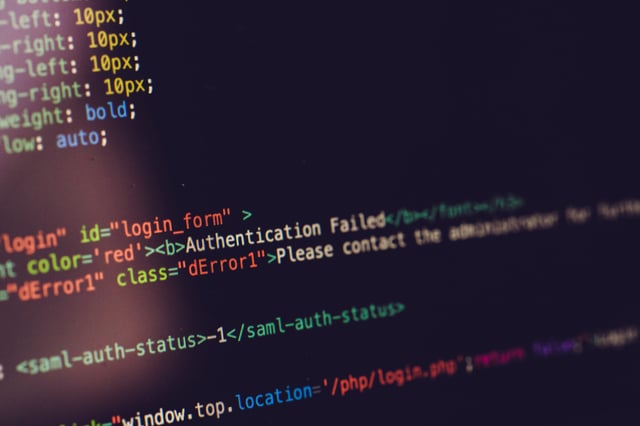The 10 common mistakes during an IT production launch
Mistakes are an inevitable part of the software development process. Few things are designed perfectly the first time.
We've already talked about the bugs that have recently occurred during major product launches, but it might also be helpful to show the most common errors to watch out for in general at release time and in the hours and days following. By identifying these different errors, your team can better address, manage and eliminate them for good.
Read on to learn more about ten of the most common types of errors during an IT release, and how best to handle them.

Technical errors
1. Performance
Performance errors are mainly related to the stability, speed or response time of software resources and directly influence the users' perception of the product.
Fixing performance bugs is generally more difficult than fixing non-performance bugs, although both are equally likely to cause errors.
Basically, performance bugs do not usually generate incorrect results or block the program during testing. Therefore, they cannot be detected by simply checking the software output.
2. Functional
As the name suggests, functional errors affect the functionality of a software program.
This type of error causes the software to behave in a way that does not quite match the intended functionality, and can be spotted quite easily through functional testing or manual regression testing.
In simple terms, any component of an application or website that does not work as expected is a functional bug.
Here are some examples of functional bugs:
- A login button that does not allow users to log in
- An add to cart button that does not update the cart
- A search field that does not respond to a user's query
3. Syntax errors
A syntax error occurs when a command is not written correctly. This can include the presence of a grammatical error, a misspelled word or missing symbol, or a syntax error in your site's code.
This problem can break your website, leaving you with a blank page or an error message.

4. Logical error (semantics)
A logical bug - or semantic bug - is a piece of code that executes correctly but does not behave as you expected.
They occur when there is a flaw in the logic or structure of the problem. Unlike a program with syntax errors, a program with logic errors can be executed, but it does not work as expected.
Logic errors occur after the program is compiled and executed. These can be indicative of a design flaw in the program.
Here are some examples of specific logical errors you may encounter:
- Multiplying instead of dividing
- Add instead of subtract and vice versa
- Display the wrong message
5. System level integration bugs
System-level integration errors often occur when there is an error in the interaction between two different subsystems.
These types of software bugs are usually more difficult to fix because multiple software systems are involved. Two or more units of code written by different developers fail to interact with each other.
Examples of these bugs include byte swapping, message parsing and memory overflow faults.
6. Security
Security errors are software flaws that allow hackers to gain unauthorized access or control of a computer system.
These security breaches can be achieved by compromising user authentication, access authorization or data integrity and confidentiality.
Security bugs are usually the result of two main causes:
- Non-compliance with software requirements
- An error/omission in the requirements
7. Compatibility
This type of error has a negative impact on the performance of the software when running on particular types of hardware, browsers, operating systems, etc.
Examples of compatibility bugs include:
- Variations in the user interface
- Defects in the scrollbars
- Changes in CSS style rendering
- Content alignment
- Unreadable text due to font size issues
Release strategy errors
8. No soft-launch/beta test
Technical errors must be corrected before the computer is put into production.
While companies naturally want to rush to market with new offerings, it's invaluable to allow time for a launch period with beta offerings.
A soft-launch allows you to handle all the big issues before the launch, which makes the first customers happier and avoids bad reviews/press.
9. Do not monitor performance after launch
IT go-live almost never goes exactly as planned, so it's crucial to know what happens after launch and be prepared for new events.
For example, if there is more demand than expected for your product at launch, are you ready?
Have you tested your website to see if it can handle increased traffic? If you have an outside manufacturer, have you discussed with them what it would take to get additional units to market faster?
Conversely, if demand is lower than expected, have you allocated reserve marketing dollars? Do you plan to solicit customer feedback to find out what works and what doesn't?
10. Not doing enough production start-ups
"If we do releases with significant frequency, we minimize the risk of human or other errors (script/port not up to date, etc.) because the process is broken in."
Benoît Huet - Information Systems Director at Mr Suricate
Identifying performance errors starts with great software
At Mr Suricatewe protect the client's brand image and increase their revenue while ensuring that the user journey is working properly and detecting bugs before and after production.




